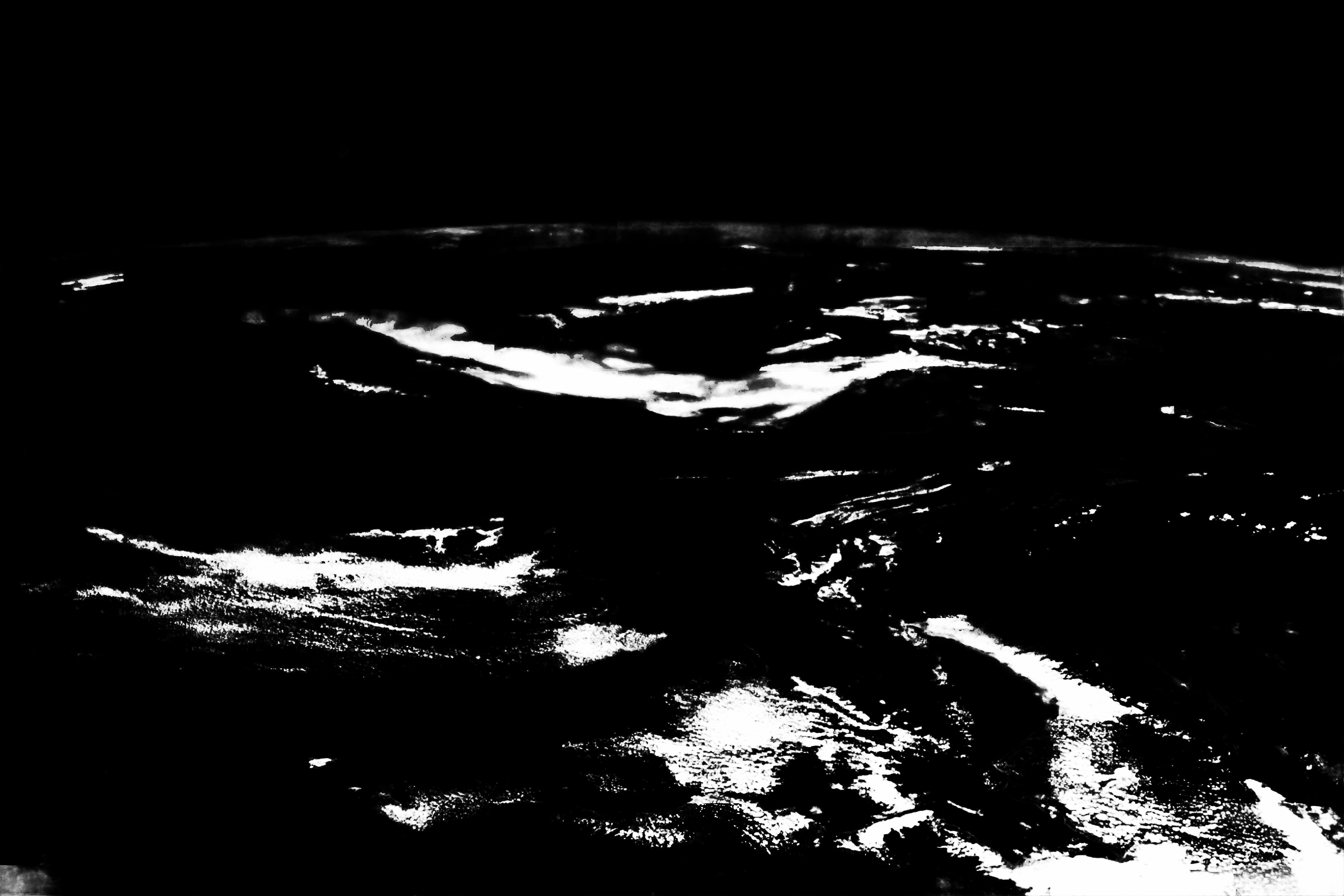ISS063-E-25816
| NASA Photo ID | ISS063-E-25816 |
| Focal Length | 50mm |
| Date taken | 2020.06.10 |
| Time taken | 07:41:05 GMT |
Country or Geographic Name: | CYPRUS |
Features: | PAN- DUST, TURKEY, MEDITERRANEAN SEA |
| Features Found Using Machine Learning: | |
Cloud Cover Percentage: | 25 (11-25)% |
Sun Elevation Angle: | 65° |
Sun Azimuth: | 106° |
Camera: | Nikon D5 Electronic Still Camera |
Focal Length: | 50mm |
Camera Tilt: | High Oblique |
Format: | 5568E: 5568 x 3712 pixel CMOS sensor, 35.9 x 23.9 mm, total pixels: 21.33 million, Nikon FX format |
Film Exposure: | |
| Additional Information | |
| Width | Height | Annotated | Cropped | Purpose | Links |
|---|---|---|---|---|---|
| 720 pixels | 480 pixels | Yes | No | Download Image | |
| 5568 pixels | 3712 pixels | No | No | Download Image | |
| 640 pixels | 427 pixels | No | No | Download Image |
Astronauts on the International Space Station (ISS) can observe atmospheric conditions and phenomena on a global scale. As the ISS orbited over the Syrian Desert, an astronaut photographed a large plume of dust stretching over the Mediterranean Sea and the island of Cyprus. Looking west toward the Sahara Desert, we can also see the waning gibbous Moon appearing above Earth's horizon.
Astronauts are trained to photograph dust and aerosols by including coastlines and seas in the same shot. The edges of dust clouds are easier to identify over water when there is a definite coastline to reference. Over land, dust tends to obscure views of Earth's surface.
In this region, dust often originates from North Africa and Western Asia. While it is difficult to discern the dust source from this photo, measurements taken by the Atmospheric Infrared Sounder (AIRS) on NASA's Aqua satellite indicate a high concentration of dust over Turkey on this day.
Atmospheric dust can deliver key nutrients to phytoplankton and microbial communities living at the sea surface. In the eastern Mediterranean Sea, a region where there is little input of nutrients from other sources, such dust storms are important to sea life.



